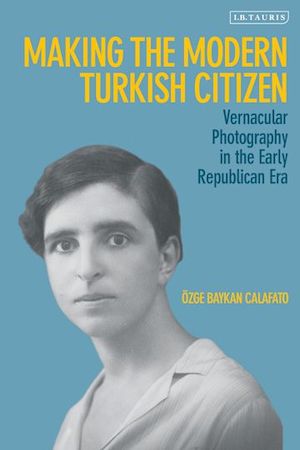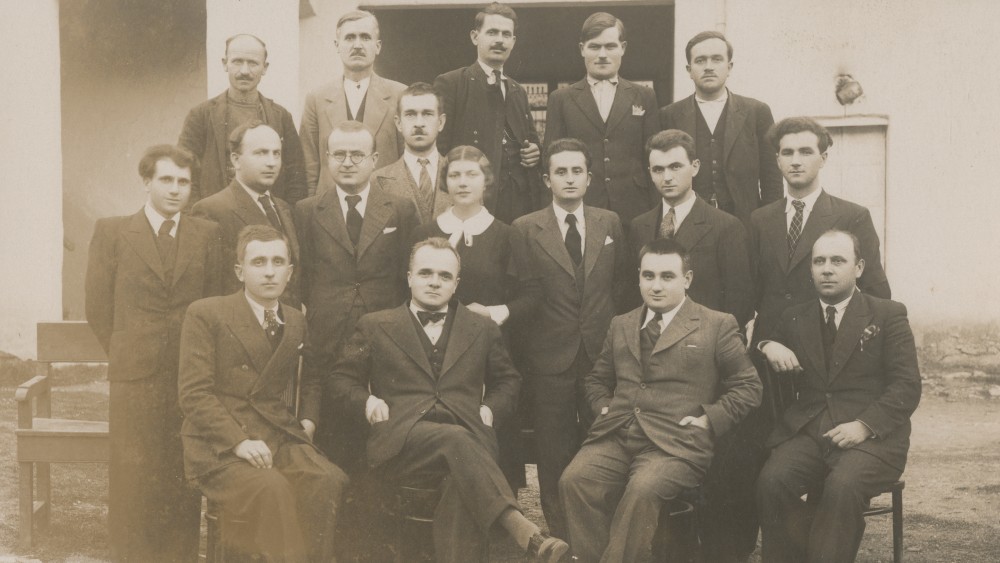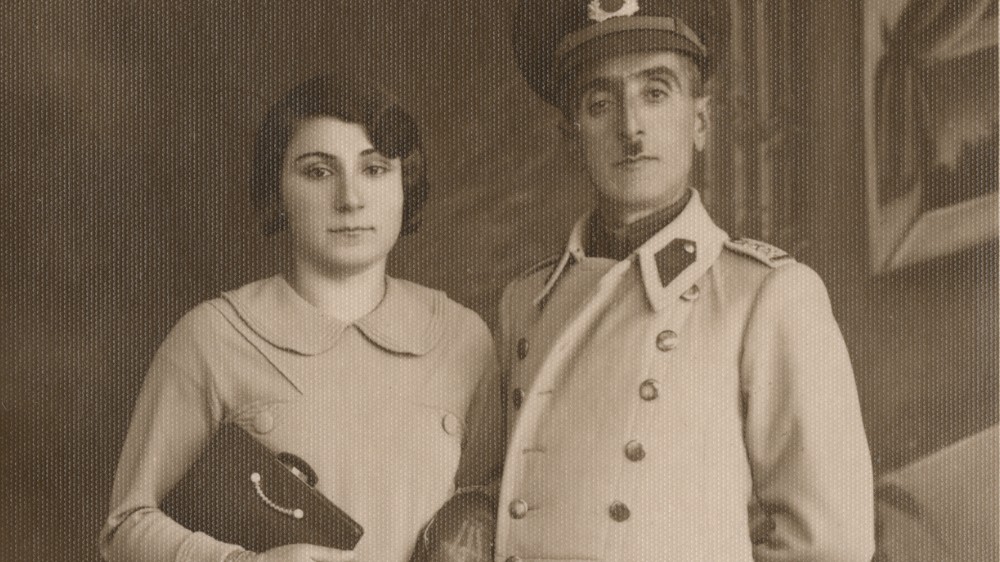Portraits of a nation: How family photos helped forge modern Turkey
My newly published book, Making the Modern Turkish Citizen: Vernacular Photography in the Early Republican Era, explores the photographic self-representations of the urban middle classes in Turkey in the 1920s and 1930s.
Examining the relationships between photography and gender, body, space, materiality and language, the book looks at how the production and circulation of vernacular (professionally shot studio) photographs contributed to the making of the modern Turkish citizen in the formative years of the Turkish Republic, when nation-building, secularisation and modernisation took centre stage.
Given that visual representation emerged as a central element of the Kemalist nation-building process, the components of this study correspond to the key areas the Kemalists tackled when building a new visual vocabulary for the Turkish nation.
In addition, a detailed analysis of the linguistic patterns used in photographic inscriptions in the 1920s and 1930s shows the political, social and cultural significance of language in the making and dissemination of the modern Turkish identity.
Following the country’s founding in 1923 after the Turkish War of Independence (1919-1923), the ruling elites of the Turkish Republic under Mustafa Kemal Ataturk’s leadership tasked themselves with making a new Turkish nation, building upon the dynamics of the modernisation efforts of the late Ottoman era.
Throughout the 1920s and 1930s, Turkey was run by the Republican People’s Party’s one-party regime, safeguarding Kemalist reforms that aimed to raise the nation above “the level of contemporary civilisations”, per the popular motto of the time.
Social tensions
Portrait photographs resonate with many of the social and political tensions of the time, giving us glimpses into the increasingly secularised public life and changing social landscape. As researcher Meltem Ahiska put it, the Kemalist revolution was marked by “boundary management” between East and West - between the desire for rapid westernisation and the anxiety to preserve traditions.
Such concerns manifest themselves in family photographs in relation to the role of women in society, the man’s shifting position in the family and the integration of older traditions into modern republican imagery.
For the regime, the emancipation of women meant their participation in the public sphere and in the workforce, together with men, unveiled. But this growing visibility, which was not immediately accompanied by growing political rights, only intensified the burden on women, who found themselves in a position of constantly having to prove their morality.
State feminism
Throughout the 1930s, the imposition of state feminism led to what researcher Sirin Tekeli called “a schizophrenic identity” for women, where they defined the boundaries of their lives according to the national ideals and duties assigned by the state, at the expense of their own personal wishes.
While in the public sphere women remained the symbols and advocates of modernity, they were incorporated into the nation-building process as protectors of tradition at home, and motherhood was designated as the primary national duty for Turkish women.
In this context, beauty contests of the 1930s, organised by the leading Kemalist newspaper Cumhuriyet, played an important role in promoting the image of the modern republican woman, aiming to put Turkey on the global political map as an advanced westernised nation. Cumhuriyet promoted free photo shoots for the contestants in a select number of prominent photo studios in Istanbul at the time.
Changing public life
Studio photography contributed greatly to an emerging visual culture and collective memory in the early Republic. The 1920s and 1930s correspond to a period when well-established studio practices rapidly spread among the middle classes.
Simultaneously, amateur photography was becoming popular among urban households, enabling a wider variety of representations of Turkishness outside the studio.
Until the mid-1940s, when studio photography became largely democratised, itinerant (alaminut) photographers filled the vacuum in the countryside, documenting large segments of society in smaller towns and remote villages.
In metropoles, too, alaminut photographers placed their cameras in main city squares, around major mosques, and in front of government buildings, schools, courthouses and notaries - particularly on weekdays, serving customers who needed passport pictures for paperwork.
On weekends and holidays, they would work in parks, gardens and at the seaside, where city dwellers typically went for relaxation and recreation. The choices of locations where alaminut photographers set up their cameras offer clues about the rapidly changing public life and the contribution of photography to the making of modern republican spaces.
These photographs reveal that urban middle-class citizens largely endorsed and actively participated in the making of the new Turkish man and woman through their own photographic representations. The complex networks in which photographic prints were circulated within and outside family circles served multiple functions, as modes of communication and tokens of self-promotion.
At the same time, their efforts to build secular middle-class lives for themselves were influenced not just by Kemalist policies, but also by their class aspirations and wider sociocultural developments of the 1920s and 1930s, from fashion trends and movies to the increasing availability of modern consumer items, including amateur cameras.
The wealth of photographic material from those years, available in antique markets and in collections, offers a fascinating lens into everyday life at the time. The “ordinariness” of these photographs is what makes them a great resource for understanding, imagining and reconstructing the broader social histories in which they were produced.
My book aims to contribute to a better understanding of the making of the modern Turkish citizen in the early republic by treating vernacular photographs as rich, first-hand resources for academic research, placed at the centre of cultural analysis.
The views expressed in this article belong to the author and do not necessarily reflect the editorial policy of Middle East Eye.




0 Comments:
Post a Comment
Subscribe to Post Comments [Atom]
<< Home